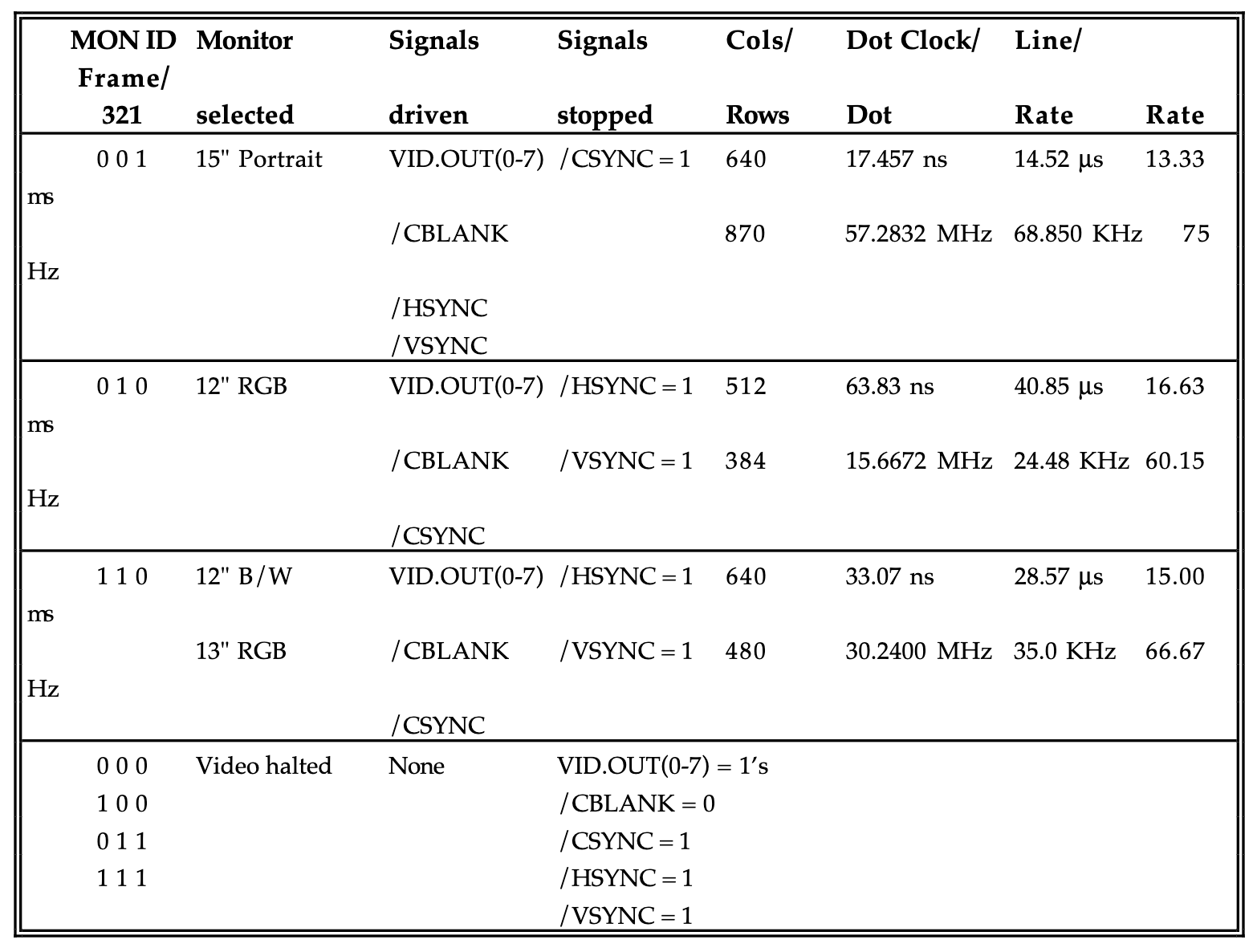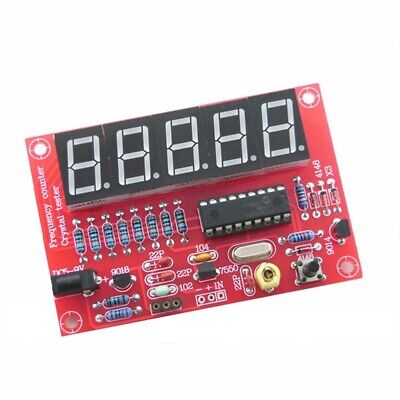activepilot
Member
Hi all, happy New Year! I'm trying to repair a Quadra 610 that I got some time ago together with a DOS compatibility card. The PSU outputs look fine, but there were some leaked capacitors.
So far I have changed all the electrolytic capacitors (10x 47µF 16V), cleaned the leakaged with isopropyl alcohol and replaced the battery. Now I get a boot chime (yay!) but sadly no video output. I tried both with a Color Display and a VGA LCD display using an adaptor, but still no luck. The CPU does get warm, and a few other ICs around do as well, so I assume the board does turn on correctly.
Here's some pics of the board:
I checked the DB-15 video connector pins with an oscilloscope, and I do see a signal on the red, green and blue pins. However, CSYNC and VSYNC are both stuck at 5V and HSYNC is always at 0V, which seems odd. I found a nice reference on how the video output works here: https://www.bigmessowires.com/2023/...d-designing-a-mac-to-vga-adapter-with-lm1881/.

Does anyone have a clue what might be going on and what I can try next? Some tips on how to debug the video issue are also appreciated.
So far I have changed all the electrolytic capacitors (10x 47µF 16V), cleaned the leakaged with isopropyl alcohol and replaced the battery. Now I get a boot chime (yay!) but sadly no video output. I tried both with a Color Display and a VGA LCD display using an adaptor, but still no luck. The CPU does get warm, and a few other ICs around do as well, so I assume the board does turn on correctly.
Here's some pics of the board:
I checked the DB-15 video connector pins with an oscilloscope, and I do see a signal on the red, green and blue pins. However, CSYNC and VSYNC are both stuck at 5V and HSYNC is always at 0V, which seems odd. I found a nice reference on how the video output works here: https://www.bigmessowires.com/2023/...d-designing-a-mac-to-vga-adapter-with-lm1881/.

Does anyone have a clue what might be going on and what I can try next? Some tips on how to debug the video issue are also appreciated.

